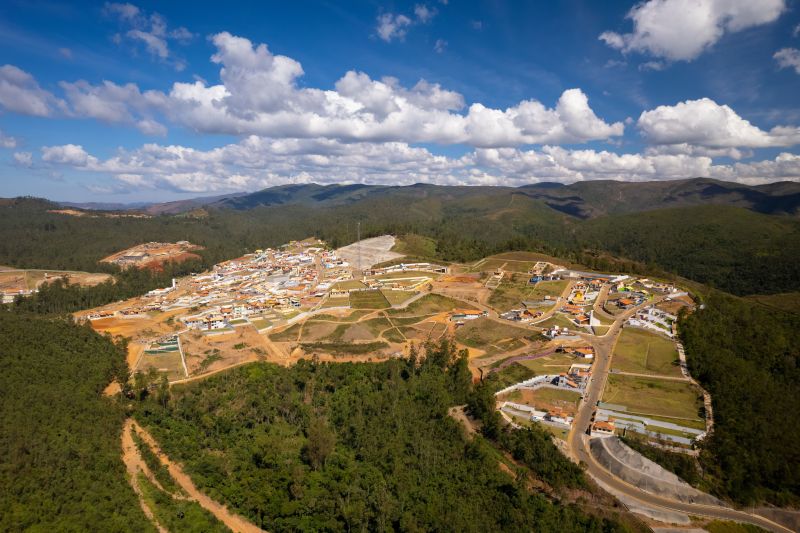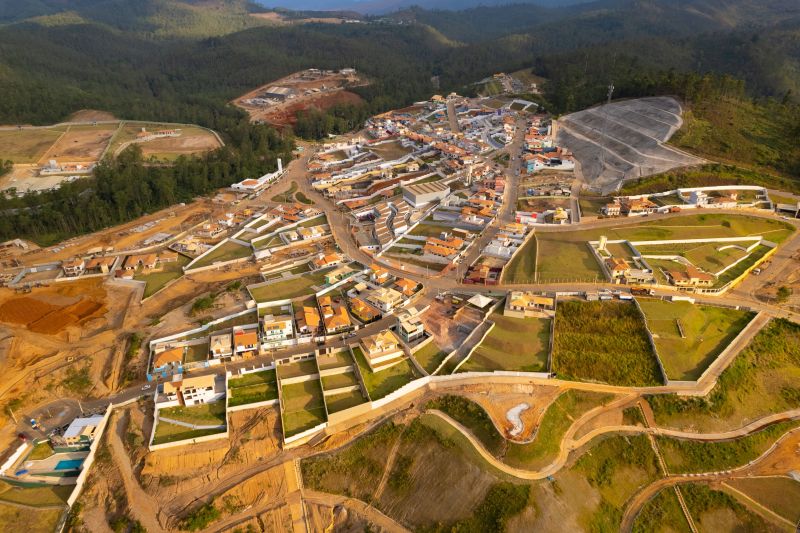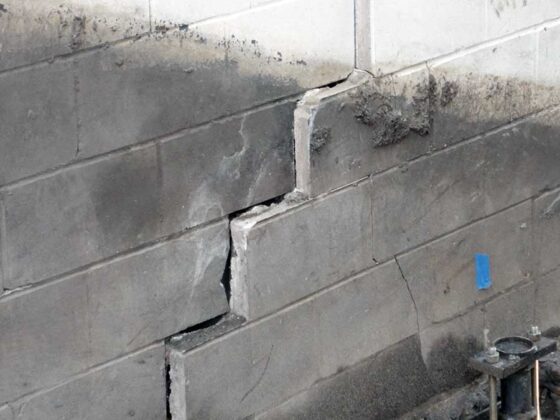The Mariana Dam disaster, a catastrophic event that spewed toxic sludge across vast expanses of the Brazilian countryside, serves as a somber reminder of the fragility of our ecosystems. As the heavy metal-laden waters weaved their way through rivers and forests, the urgent need for innovative solutions to environmental cleanup became glaringly apparent.
In the aftermath of such devastation, traditional remediation techniques often fell short, prompting scientists, policy-makers, and local communities to rally together in pursuit of imaginative approaches. From bioremediation harnessing the power of nature’s own organisms to cutting-edge nanotechnology designed to capture pollutants, the quest for recovery is as multifaceted as the disaster itself.
This article delves into the groundbreaking strategies emerging from this tragedy, illuminating a path toward recovery that not only seeks to heal the land but also empowers the communities ravaged by this environmental catastrophe.
Introduction to the Mariana Dam Disaster

The Mariana Dam Disaster, which unfolded in November 2015, remains a stark reminder of the fragile balance between industrial progress and environmental stewardship. When the dam, operated by Samarco, breached, it unleashed a torrent of toxic waste, transforming the serene Rio Doce into a monochromatic cascade of destruction.
The immediate aftermath was devastating: communities were engulfed, ecosystems disrupted, and the livelihoods of countless individuals shattered. Yet, amidst the chaos and sorrow, a profound awakening emerged, sparking innovative conversations about the long-term ramifications of such catastrophic events.
This disaster did not merely highlight the vulnerabilities of infrastructure; it ignited a fervent dialogue around the urgent need for effective environmental cleanup strategies that blend scientific rigor with community engagement, paving the way for restoration and resilience in the face of adversity.
Advanced Chemical Remediation

Advanced chemical remediation techniques are poised at the forefront of innovative environmental recovery efforts in the wake of the Mariana Dam disaster. Leveraging cutting-edge technologies, these methods utilize specialized compounds that can effectively neutralize harmful contaminants dispersed throughout the affected ecosystems.
For instance, advanced oxidation processes—employing powerful oxidants—can break down complex pollutants, transforming them into harmless byproducts. Meanwhile, bioaugmentation introduces tailored microbial strains that enhance natural degradation pathways, promoting a balanced restoration of ecosystems.
The real challenge lies in synergizing these approaches; integrating chemical, biological, and physical methods can yield a multi-faceted strategy that addresses both surface and subsurface contamination. As researchers delve deeper into this multidisciplinary effort, they uncover novel materials, such as nanoparticles, that promise to enhance remediation efficiency and ensure a safer environment for future generations.
Ultimately, such innovative solutions will not only rectify the harm caused by the disaster but also fortify indispensable ecosystems against future threats.
Future Directions for Environmental Cleanup

Looking ahead, the future of environmental cleanup in the wake of the Mariana Dam disaster must embrace a multifaceted approach that integrates cutting-edge technologies and community-driven initiatives. Innovative bioremediation techniques, utilizing microbes engineered to metabolize pollutants, hold remarkable potential for restoring the ecosystem while minimizing harm to local biodiversity.
Simultaneously, the involvement of indigenous knowledge and local stakeholders can forge a holistic strategy that prioritizes ecological balance and cultural heritage, ensuring that cleanup efforts are not only effective but also socially responsible. To navigate the complexities of restoring the affected landscapes, collaboration among scientists, policymakers, and affected communities is essential.
As we explore the intersection of technology and community engagement, we must remain agile, adapting to emerging challenges while learning from past missteps. The key will be to forge a path that not only repairs the damage but also fortifies the resilience of both the environment and its inhabitants for generations to come.
Conclusion
In conclusion, the environmental devastation caused by the Mariana Dam disaster has highlighted the urgent need for innovative approaches to remediation and restoration. As we continue to explore and implement advanced technologies and sustainable practices, it is essential that stakeholders, including Samarco reparação, take proactive steps to address the long-term impacts on the ecosystem and local communities. Collaborative efforts that combine scientific research, community engagement, and policy development will be crucial in shaping a resilient recovery strategy.
By embracing innovation and fostering partnerships, we can turn this tragedy into an opportunity for meaningful change, ensuring a cleaner and healthier environment for future generations.


